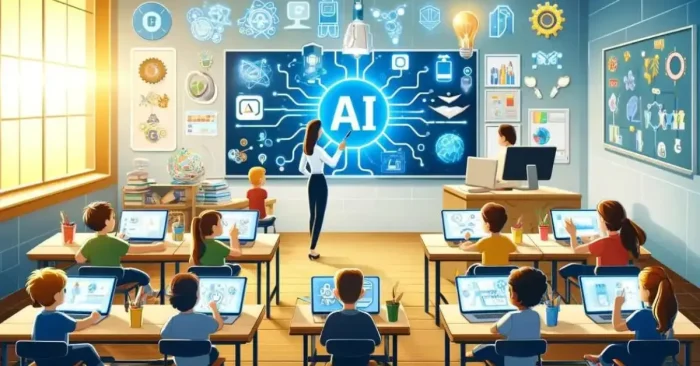Overview
AI tools for classroom management are reshaping how teachers organize, monitor, and enhance learning environments. These tools help automate administrative tasks, track student performance, improve engagement, and maintain discipline in both physical and digital classrooms. By using artificial intelligence, educators can personalize learning experiences, identify struggling students, and receive actionable insights for better teaching strategies. From attendance tracking to real-time behavior monitoring, AI makes classrooms more efficient, inclusive, and student-centered, ultimately reducing teacher workload and boosting academic outcomes.
1. AI in Attendance Management
AI-powered systems can automatically track student attendance using facial recognition or digital check-ins. This saves time, ensures accuracy, and helps monitor participation trends.
2. AI for Behavior Monitoring
AI tools analyze classroom behavior, detecting patterns such as frequent disruptions or disengagement. Teachers receive alerts to intervene early and maintain a positive learning environment.
3. AI-Powered Lesson Planning
AI assists teachers in creating lesson plans tailored to student needs. It recommends activities, resources, and pacing strategies based on class performance and curriculum standards.
4. AI for Personalized Learning
AI platforms adjust learning materials for each student. Struggling learners receive extra support, while advanced students are challenged with higher-level tasks, ensuring balanced progress.
5. AI in Grading & Feedback
AI tools automate grading for quizzes, assignments, and even essays. They provide instant feedback, saving teachers time and giving students quick insights into their progress.
6. AI for Classroom Communication
AI chatbots and assistants handle routine student or parent questions, reducing teacher workload. They also help schedule reminders, deadlines, and classroom announcements.
7. AI for Student Engagement
Gamified AI tools increase motivation by turning lessons into interactive experiences. Students stay more focused and learn in an enjoyable, immersive environment.
8. AI in Classroom Scheduling
AI helps optimize timetables, ensuring fair allocation of classroom resources, teacher workload, and student learning hours with minimal conflicts.
9. AI for Data-Driven Insights
AI analyzes academic records, attendance, and participation to provide teachers with insights into student progress. These analytics support early interventions for at-risk students.
10. AI for Inclusive Classrooms
AI ensures accessibility for students with disabilities by offering tools like speech-to-text, translation, and adaptive content, making classrooms more inclusive for all learners.
(FAQs)
Q1: Can AI tools replace teachers in classroom management?
No, AI supports teachers by automating tasks and offering insights, but human interaction and guidance remain essential in classrooms.
Q2: Are AI classroom tools safe for student data?
Yes, reputable AI platforms follow strict privacy and security standards to protect sensitive student information.
Q3: Do AI tools work in both physical and online classrooms?
Yes, AI classroom management tools are designed for hybrid, physical, and fully online environments, making them versatile across education systems.
Learn More About AI Course https://buhave.com/courses/learn/ai/
















